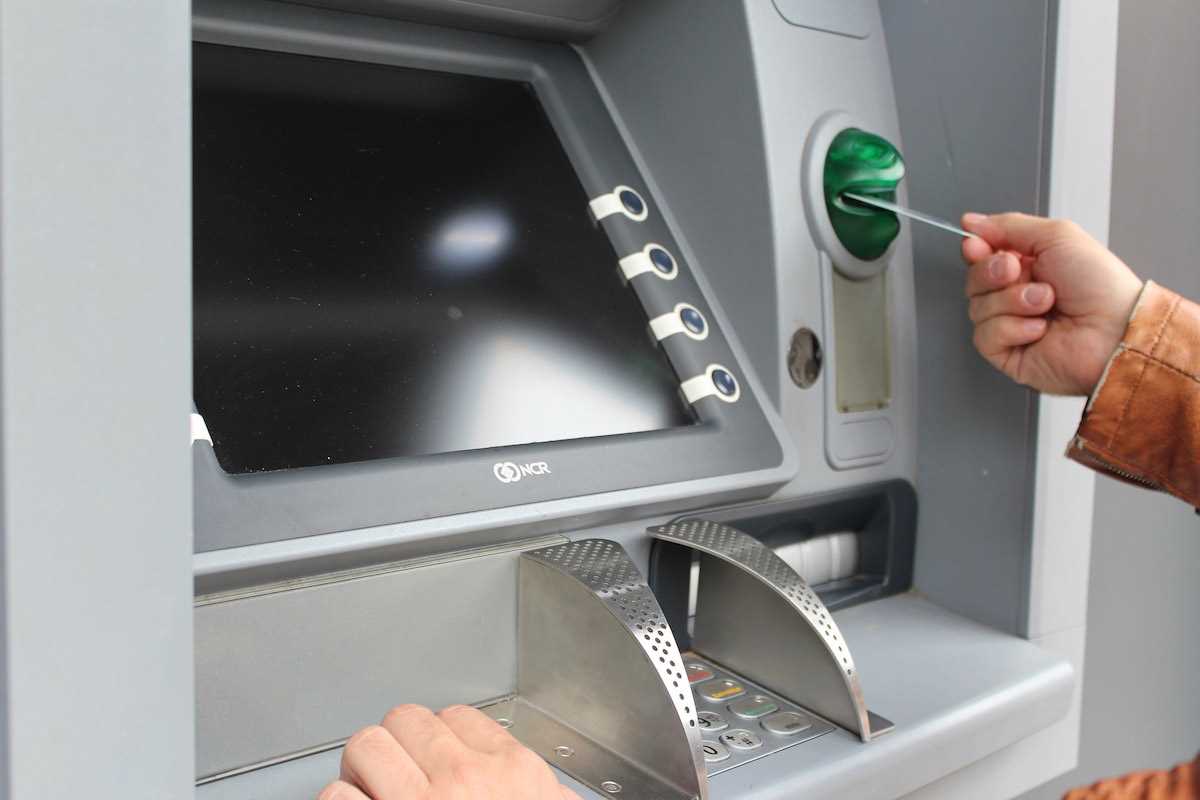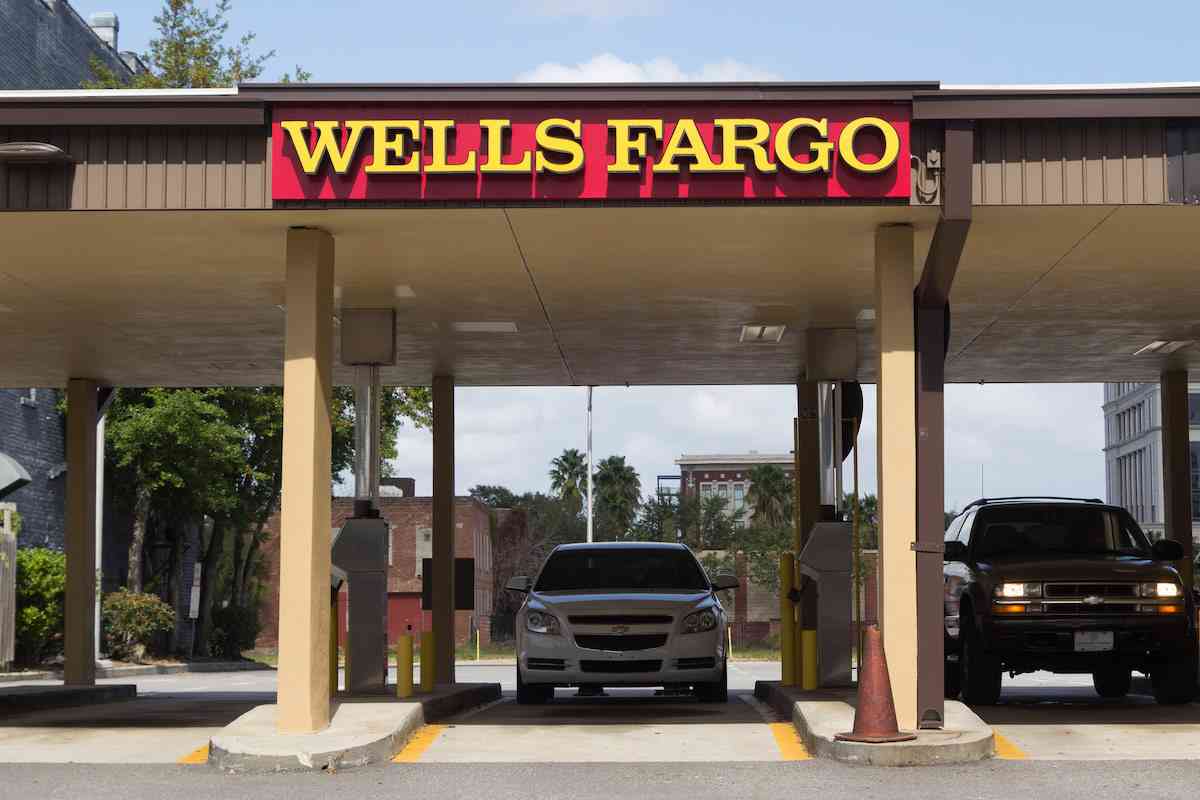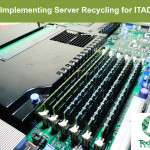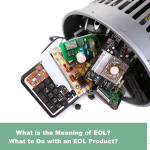When Financial Self-Service Is No Longer Convenient
In order to retain banking customers at your financial institution, as well as attract new ones, customer service and convenience must always be top of mind. For over 50 years, drive-up banking windows utilizing pneumatic tubes and automated teller machines have been on the forefront of global convenient banking options, with the latter becoming the most popular. All around the world, there are currently over 3.5 million active ATMs in use, including two in Antarctica. In 2013, the number of consumers who reported using a drive-up ATM on a regular basis was 54%.
However, ATMs must continuously evolve to integrate new technologies and adapt to new challenges. Drive-up banking windows have experienced less innovation in the last 40 years, but that only means that they are ripe for an upgrade. This evolution can result in obsolete machines that must be replaced and the old units dealt with.
At TechWaste Recycling, we know that you, as a banker, value security and convenience equally. That’s why we know that you’ll appreciate our multilevel secure data destruction and convenient pickup at your location when you need to dispose of an ATM or other electronic banking components.




History of ATMs
In the 1960s, the time had come for automated banking. Financial institutions from around the world recognized this need, which is why parallel development of ATMs took place in different areas around the world at roughly the same time. They went by different names and functioned by different means. Some provided only automatic withdrawals, while others were strictly depositories, but all operated according to the same principle: Bank hours should not limit customers’ ability to access their accounts.
ATMs’ History in the United States
American inventor Luther George Simjian gained a patent for one of the first ATMs in the world in 1960. One year later, the City Bank of New York installed an experimental unit based on his design called the Bankograph machine. The Bankograph was limited in that it could only accept deposits, not dispense cash. Consumers reportedly had concern that they would never see their money again after it went into the machine in the wall. To address this concern, the Bankograph took a snapshot of every deposit with a built-in microfilm camera and provided a copy of the photo to serve as a receipt. Nevertheless, most customers did not immediately embrace the new technology, and the Bankograph only lasted six months before it was removed.
By 1968, however, ATMs had gained prominence in Europe, and public attitudes had evolved to the point where consumers were more willing to embrace new technological conveniences. Engineer and innovator Donald Wetzel, employed with the Docutel organization, developed the first modern ATM that resembled those we know today. Familiar features of Docutel’s ATM included the following:
- A plastic card as a customer identifier
- Information stored on a magnetic strip
- Ability to make both withdrawals and deposits.
With the help of some clever marketing campaigns, ATMs increased in popularity and were widespread throughout the United States by the 1970s.
Drive-Up Banking History and Features
Drive-up banking predates the ATM by at least 30 years. Its development was parallel to the rise of the automobile as the dominant mode of transportation in the United States. Alternately known as drive-thru banks and motor banks, drive-up banking was first introduced in the 1930s, not only as a convenience for consumers but as a security measure against high-profile robberies that were alarmingly commonplace during the years of the Great Depression.
The first drive-up bank tellers worked from underground offices, while a “snorkel,” a system of speakers and mirrors that allowed the teller to communicate with the customer, extended above the street to the level of the car window. An apparatus similar to an elevator allowed the exchange of money and receipts.
Thanks to the innovation of pneumatic tube transport, drive-up tellers no longer need to remain underground. The system uses a compressor to move air and functions similarly to a vacuum cleaner to either suck or blow objects to their intended destination.
Impact of 21st Century Innovations
Due to features such as smartphone banking apps that allow customers to deposit checks with a snapshot, many customers can now manage the majority of their banking transactions at home, at work, on vacation, etc. Therefore, it is no longer as convenient as it once was to travel to bank branches to conduct one’s business from outside the building. Furthermore, with the rise of e-currency, as well as credit and debit cards, as dominant pay methods, people are using less cash. As a result, a number of drive-up windows and ATMs have been shut down or decommissioned.
However, financial institutions still see ATMs and drive-up windows as a means to provide needed services and are adapting them to serve consumers with 21st-century concerns. An example is the interactive teller machine, which allows customers to connect via video to a live teller to provide services not currently available from a traditional ATM.
Challenges Involved in Decommissioning ATM Equipment
Due to constant innovations to increase security and accessibility, most ATMs are decommissioned long before they break down or become unusable. There are two significant challenges involved in disposing of ATMs after they have been replaced. First, they can include personal and financial customer information that could fall into the wrong hands. Second, they also pose a hazard to the environment due to the various electronic parts.
Recycling for All Bank Technology Electronics
In addition to banking-specific technology and ATM machine recycling and disposal, TechWaste Recycling can handle computers, phones, and all other types of electronic equipment with precision and care. To learn more about the services we offer, contact us today.










































